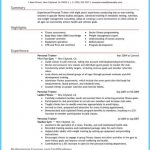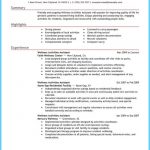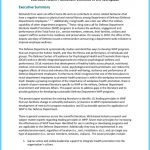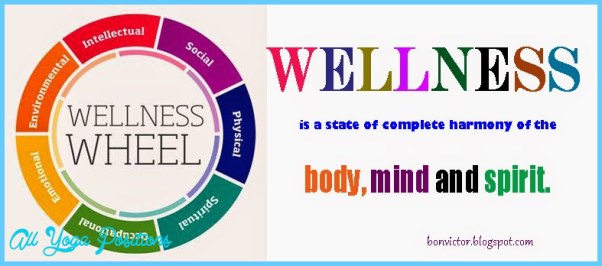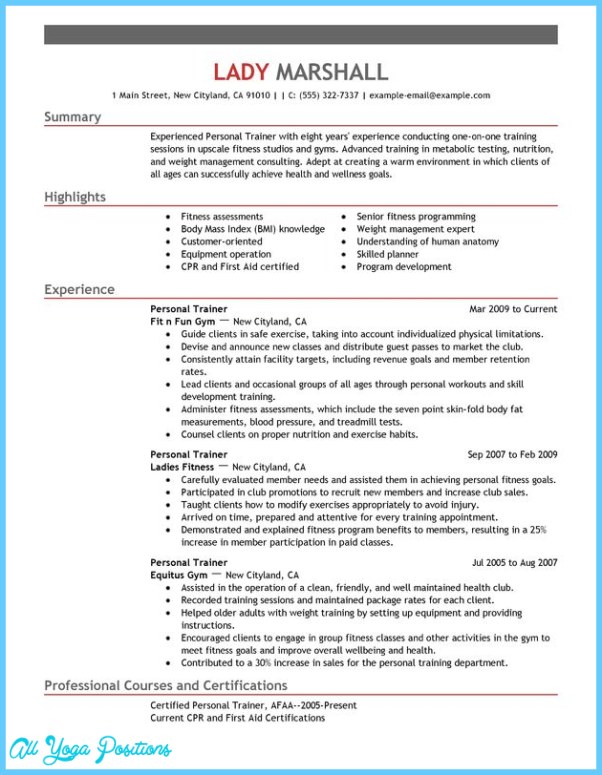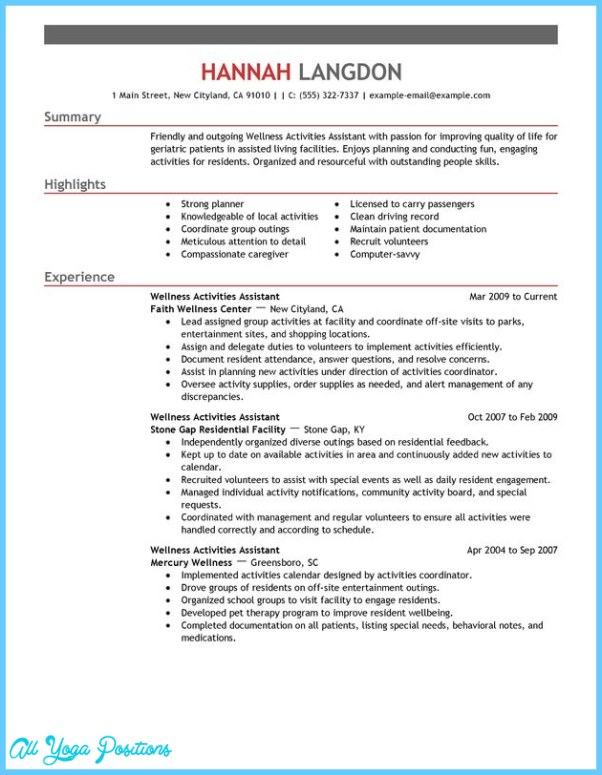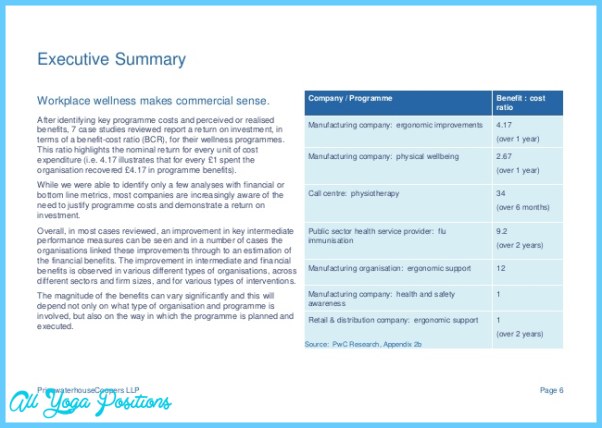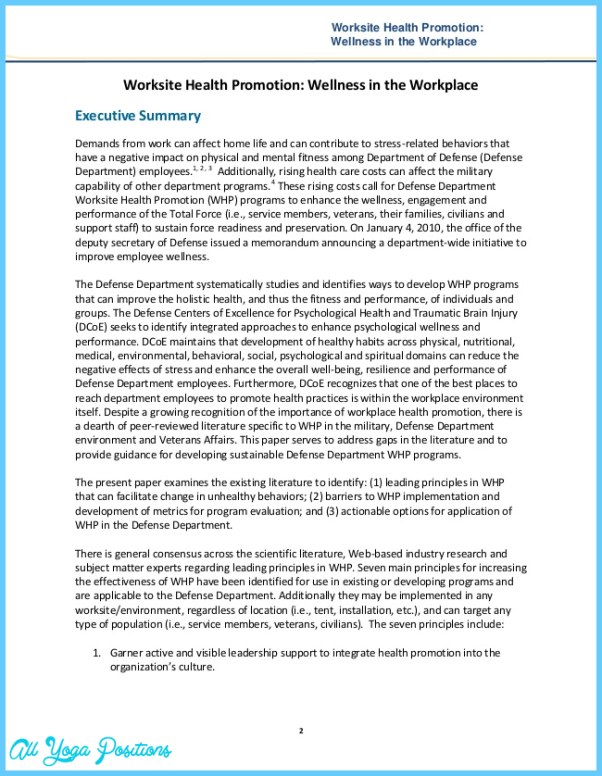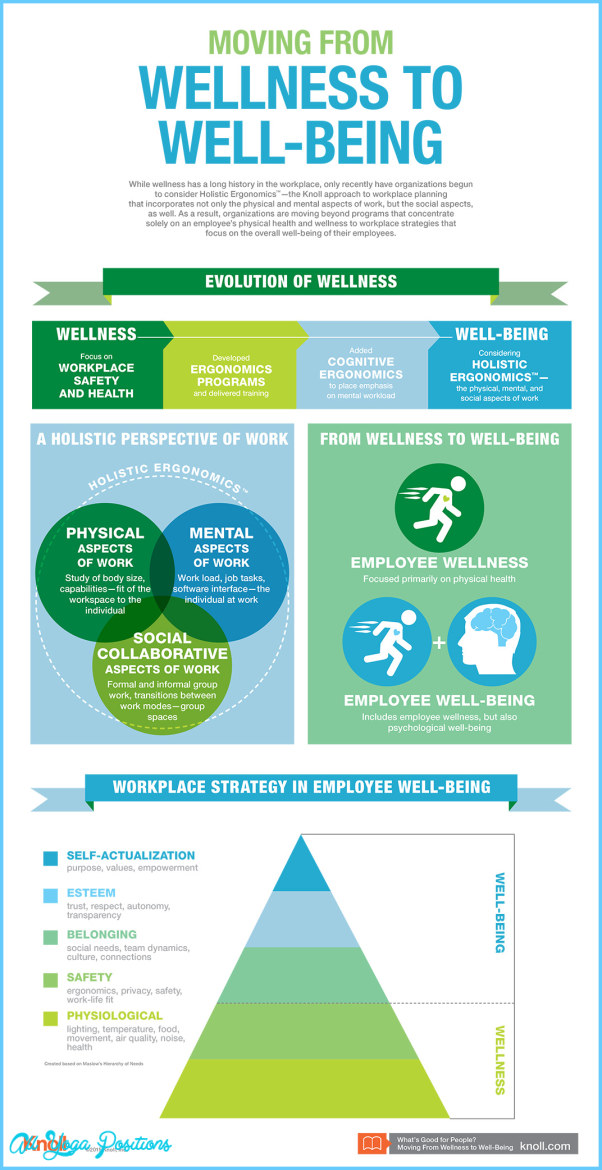Summary Wellness
• Wellness is the ability to live life fully, with vitality and meaning. Wellness is dynamic and multidimensional; it incorporates physical, emotional, intellectual, spiritual, interpersonal, and environmental dimensions.
• People today have greater control over and greater responsibility for their health than ever before.
• Behaviors that promote wellness include being physically active, choosing a healthy diet, maintaining a healthy body weight, managing stress effectively, avoiding tobacco and limiting alcohol use, and protecting yourself from disease and injury.
• Although heredity, environment, and health care all play roles in wellness and disease, behavior can mitigate their effects.
• To make lifestyle changes, you need information about yourself, your health habits, and resources available to help you change.
Summary Wellness Photo Gallery
• You can increase your motivation for behavior change by examining the benefits and costs of change, boosting self-efficacy, and identifying and overcoming key barriers to change.
• The stages-of-change model describes six stages that people may move through as they try to change their behavior: precontemplation, contemplation, preparation, action, maintenance, and termination.
• A specific plan for change can be developed by (1) collecting data on your behavior and recording it in a journal; (2) analyzing the recorded data; (3) setting specific goals; (4) devising strategies for modifying the environment, rewarding yourself, and involving others; and (5) making a personal contract.
• To start and maintain a behavior change program, you need commitment, a well-developed and manageable plan, social support, and strong stress-management techniques. It is also important to monitor the progress of your program, revising it as necessary.





